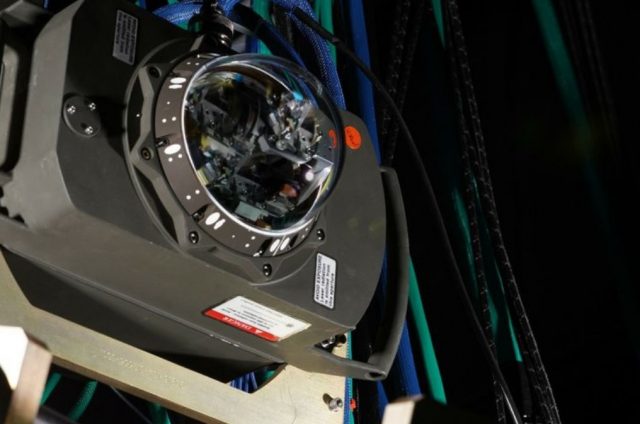The US Army recently awarded Northrop Grumman a five-year, indefinite delivery/indefinite quantity (IDIQ) contract valued at $959.1 million for full-rate production of the Common Infrared Countermeasure (CIRCM) system.
The award follows the service’s approval for the CIRCM system to enter full-rate production based on design maturity and demonstrated production capability.
CIRCM protects against shoulder-fired and vehicle-launched anti-aircraft missiles that home in on the heat signature of an aircraft. The system’s ability to track and rapidly defeat infrared-guided threats has been validated over thousands of hours of rigorous testing in laboratory, flight, and live-fire test environments.
CIRCM will equip all US Army helicopters in service, in addition to those currently in development, such as the Future Vertical Lift program.
The system of systems combines the Army’s legacy Common Missile Warning System (CMWS) consisting of ultraviolet missile warning sensors and an electronics control unit or other Missile Warning Systems (MWSs) with the CIRCM system consisting of two lasers, two pointer/trackers, and a system processor unit.
If the MWS detects a probable threat to the aircraft, it passes the tracking information for that possible threat to the CIRCM processor, which directs the pointer/trackers to slew to and jam the threat with laser energy. Simultaneously, the MWS processor continues to evaluate the possible threat to determine if it is a real threat or a false alarm. If the MWS declares the detection to be an actual threat, it notifies the aircrew through audio alerts and a visual display on the aircraft Multi-Function Display in the cockpit, while also releasing flares as a countermeasure.
“CIRCM’s cutting-edge capability has been proven against the most advanced threats and the modular open systems approach brings flexibility for the future,” said Bob Gough, vice president, navigation, targeting and survivability, Northrop Grumman. “Northrop Grumman and our partners have proven the mature production capacity to deliver and support the US Army’s mission with this life-saving technology today, and for years to come.”
According to the latest report from Pentagon’s top weapons tester, operational testing of CIRCM showed the system is effective against MANPADS and vehicle-launched infrared surface-to-air missiles. Testing also showed the system has acceptable reliability, availability, maintainability, and built-in test performance.



























